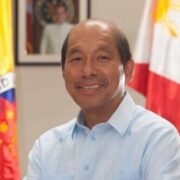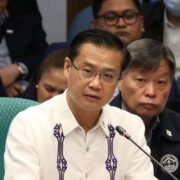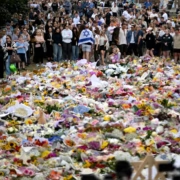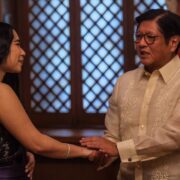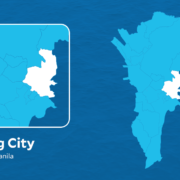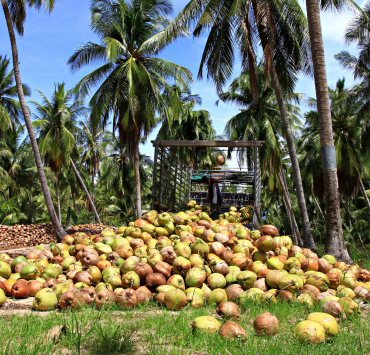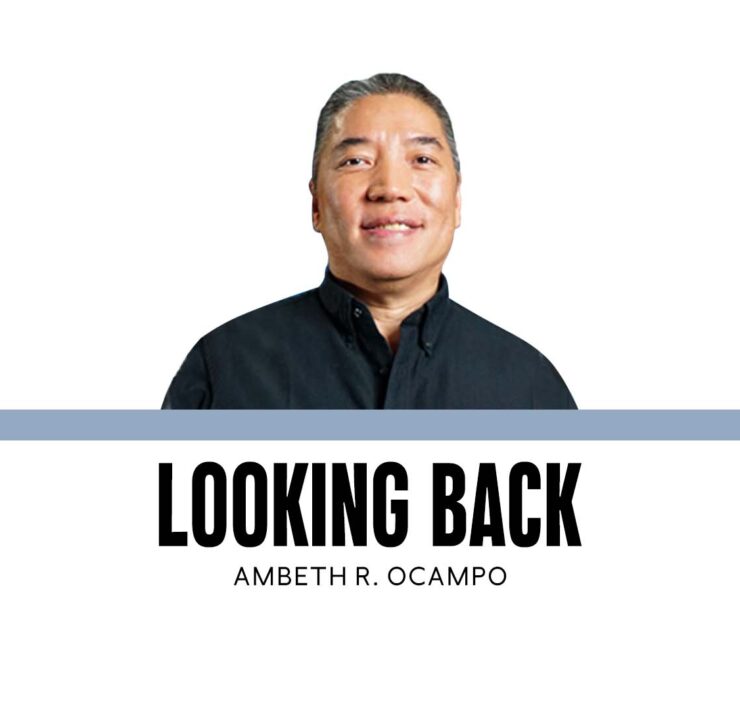CIA analysis: 1983, Marcos, Aquino
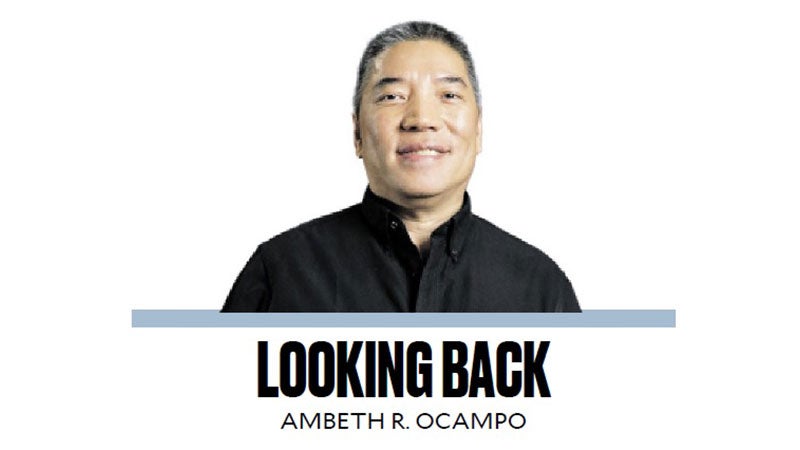
Benigno “Ninoy” Aquino Jr. escaped death and injury during the Plaza Miranda bombing of a Liberal Party rally on Aug. 21, 1971, but his luck ran out 12 years later—killed by a bullet to the head on Aug. 21, 1983.
What would have happened if Aquino was deported, returned to Taipei on the same China Airlines plane he arrived in? What if he was detained in Fort Bonifacio again? What if Ferdinand Marcos Sr., missing from public view for two weeks, died from illness?
Nobody is in the mood for reflection today. Not in the wake of Alice Guo’s escape, and the catfight between Sen. Risa Hontiveros and Vice President Sara Duterte over a children’s book the “author” had no knowledge of. Everyone just wants to enjoy the four-day weekend “sandwiched” by Ninoy Aquino Day (Aug. 21 moved to Aug. 23) and National Heroes Day (Aug. 26). No one appreciates the holidays as an opportunity to look back on heroes, heroines, and villains who figure in our slow march to nationhood.
My weekend reading is the United States Central Intelligence Agency Special National Intelligence Estimate 56-83 on the implications of the Aquino assassination. The detailed annexes focused on the key personalities of the time are quite engaging. My copy of the report lists five key succession players, identified by US intelligence, if Marcos succumbed to his then unknown disease(s). What fires my curiosity are two blank pages marked in clear black letters “Page denied.” Were these photos, graphics, or boxed articles? While most of the text is legible, there are many white boxes covering confidential details redacted when the document was declassified. Surely, the whole document must be available, somewhere, by now.
While “no single individual at present [1983] commands sufficient military, economic, and political resources to consolidate power quickly,” the report singled out Imelda Marcos as most likely to succeed her husband. However, she needed the support of Gen. Fabian Ver and a functioning ruling party. Knowing how politics works in this country, the ruling party would probably collapse from shifting alliances post Marcos. Working in Mrs. Marcos favor was that Ver was not interested in the presidency and loyal to the First Family. Ninoy once quipped that, “if Marcos ordered Ver to jump from a building, Ver would ask, ‘what floor, Sir?’” US Embassy officials in Manila did “not think [Ver was] intellectually capable of handling the presidency.”
Mrs. Marcos had developed political skills over the years, and amassed a personal fortune then estimated at $1 billion that would “keep traditional Philippine patron-client politics operating to her advantage.” Her extensive social, political networks also included the bureaucracy. “Her sheer energy will be a near-unbeatable combination in a presidential election she almost certainly would control.” To maintain power, she would “curry favor among the officer corps than the technocrats [whom] … she regards as little more than uncreative accountants lacking political vision.”
That catty remark about technocrats leads to then Prime Minister Cesar E.A. Virata, listed as a successor with a slim chance of attaining the presidency. Technocrats were useful to gain foreign investors and favors from the international financial community. Likewise, Juan Ponce Enrile’s chances were slim even with “tremendous political and economic assets.” His political influence in Cagayan did not extend to a national level. He faced opposition from the Catholic Church, coconut farmers, and “the personal enmity of Mrs. Marcos.” According to the report, Enrile was the choice for “members of the elite who find themselves in the camp of ‘anyone but Mrs. Marcos.’”
Last but not least, Fidel V. Ramos who wasn’t interested in the presidency but had a power base built from his untarnished reputation and the respect of the officer corps that was denied Enrile as defense secretary. It is significant that, “Most observers believe that Ramos will support constitutional mechanisms for succession.” In 1986, Enrile and Ramos would figure in the fall of Marcos.
Finally, an objective analysis of Marcos and Aquino: “Although the press has characterized Aquino as a man committed to democratic processes and integrity in government, his political career shows that he was an opportunist, was frequently duplicitous, and was consumed with ambition to become president.”
History colors Marcos black and Aquino white, when they are the two sides of the same coin: “In many ways, Aquino and Marcos closely resembled each other, and as a result each recognized the danger the other represent[s]. Both took the expedient, if not ruthless, approach to their political and personal relationships throughout their political careers. Both switched parties when they found it advantageous. Both came from provinces with a traditional violence, and both took part in it … Aquino wrote in a June 1972 newspaper article that the Philippines needed ‘a man on a white horse’ to provide discipline and guidance, but Marcos had the same vision and acted first …”
“Next to Marcos,” according to the report, “Aquino was the most important man in Philippine politics.” Little wonder Ninoy was welcomed with a bullet in the head upon arrival. He did not live to see the yellow ribbons that marked the end for Marcos.
aocampo@ateneo.edu
Ambeth is a Public Historian whose research covers 19th century Philippines: its art, culture, and the people who figure in the birth of the nation. Professor and former Chair, Department of History, Ateneo de Manila University, he writes a widely-read editorial page column for the Philippine Daily Inquirer, and has published over 30 books—the most recent being: Martial Law: Looking Back 15 (Anvil, 2021) and Yaman: History and Heritage in Philippine Money (Bangko Sentral ng Pilipinas, 2021).






